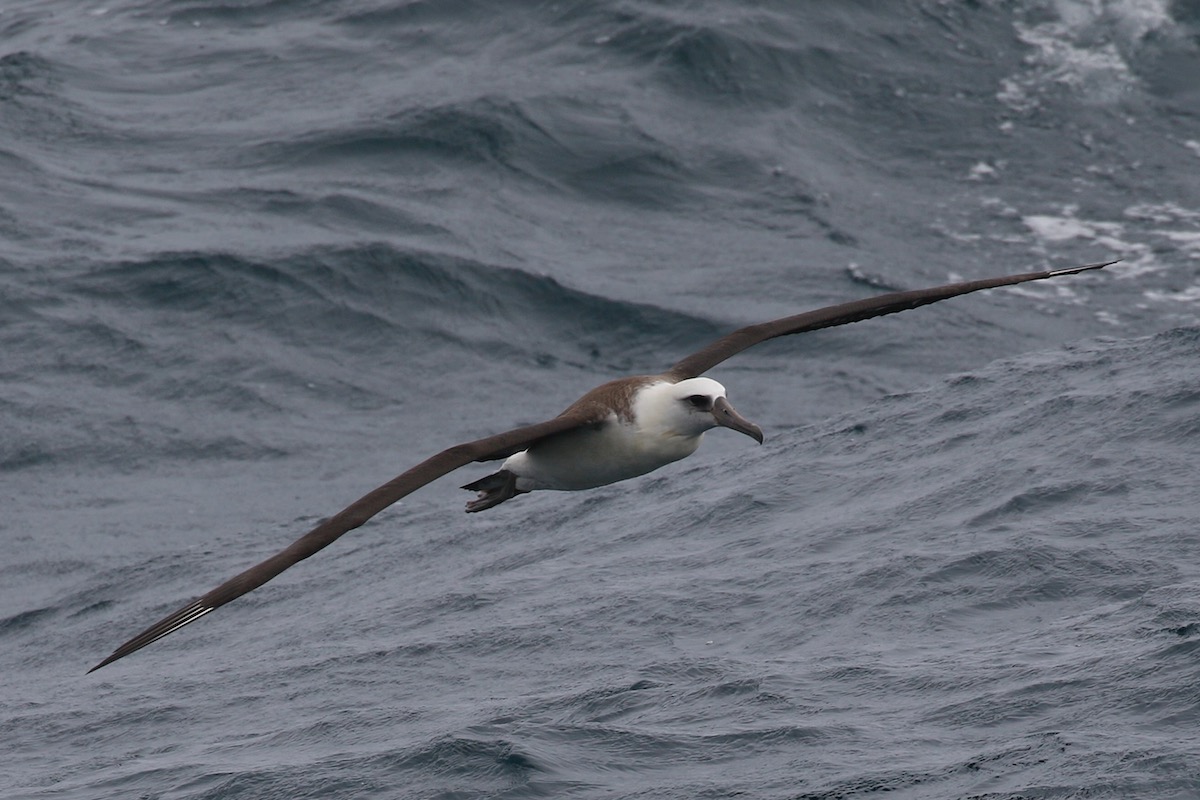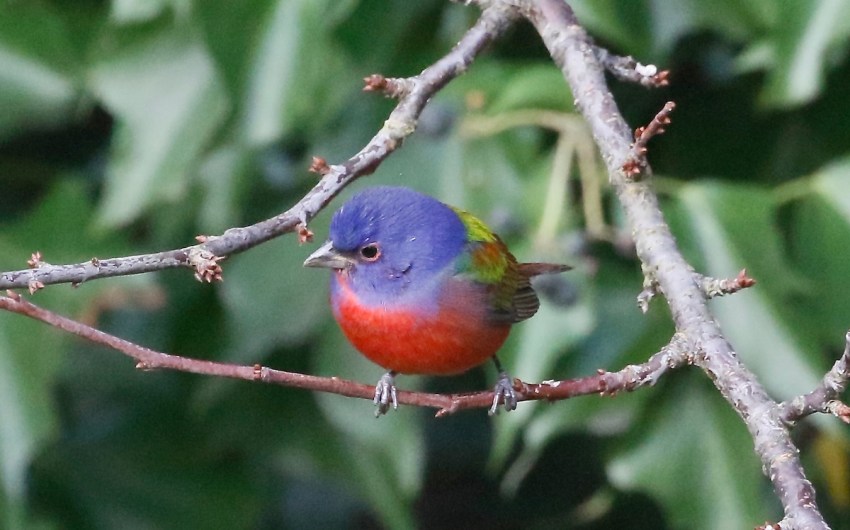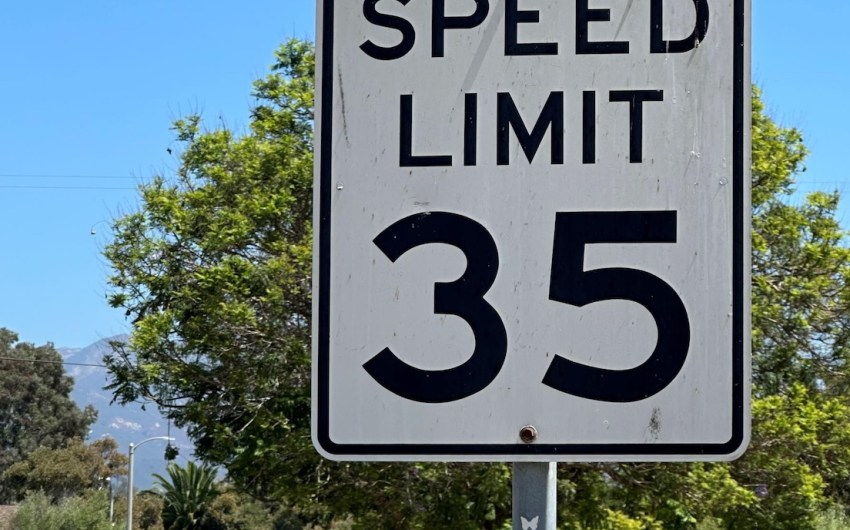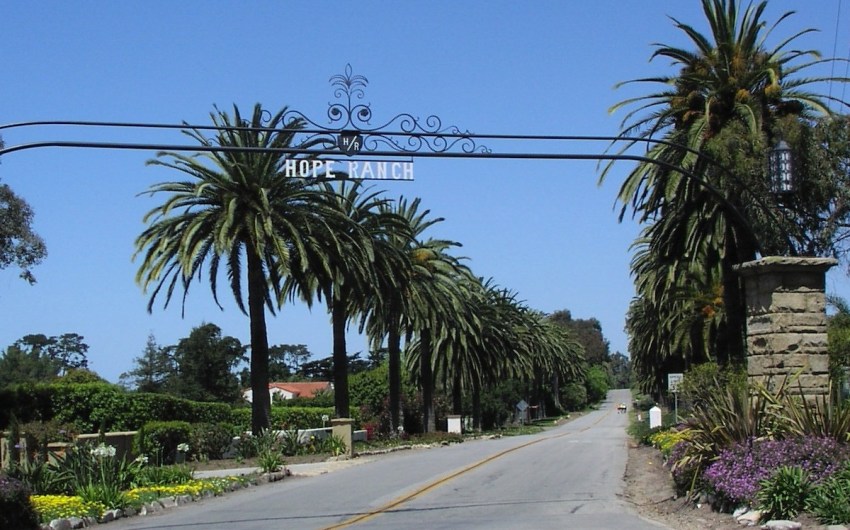

When I tell people that one of my favorite places to go birding is the open ocean well beyond the Channel Islands, the reaction is often one of bemusement. There are birds out there? Why would there be birds? Yes, the ocean is a great place for birding if you have the stomach for it, and sometimes the birds are abundant. There are species out there that only come to land to nest, and that spend the rest of their lives roaming the seas in search of food. They range from the diminutive storm petrels to the giant albatrosses.
A few times a year, Island Packers takes trips out of Ventura to survey the deep waters to search for these mysterious creatures.

A recent Saturday saw 77 hardy — perhaps foolhardy — participants at the dock at 6:30 a.m., geared up to spend 13 hours on the open sea. Expectations were high because recent reports from Northern Californian trips suggested that birds of the deep sea were venturing closer to shore than normal. However, as we motored out into the fogged-in channel, we received news that put a real damper on our enthusiasm: The navy was conducting operations to the south of the islands, which necessitated the closure of a 40-mile-diameter section including the Santa Cruz Basin, which just happened to be our destination for the day. Skipper Joel Barrett and trip leader Dave Pereksta scrambled to come up with a plan B.
The same thing happened to us two years ago. We were already en route when the navy shut down a big section of the ocean. On that occasion, the day was salvaged when we came across a mega-rare seabird on the south side of Santa Rosa Island. The streaked shearwater is usually found off the coast of Japan, but this pale-headed apparition was resting in a raft of pink-footed shearwaters, furnishing only the second record of the species for Southern California. It can only take one bird to turn despondency into joy.
On our recent trip, the channel was strangely devoid of birds. The wind picked up and with it the ocean chop as we headed out through the gap between Santa Cruz and Santa Rosa islands. We eventually broke free of the fog on the backside of the islands, and we began to see a few seabirds, most notably pink-footed shearwaters, birds that nest on islands off Chile. With them were sooty shearwaters, another southern-hemisphere nester that has the longest-known migration of any bird: They move in a giant figure eight up and down the Pacific and can cover 40,000 miles in a single year.
As we came upon rafts of shearwaters resting on the ocean, we attempted to sneak up on them without putting them to flight — not easy to do in a big boat — so we could pick through them for interesting species. A shout went up of “Streaked shearwater!” But before we could get more eyes on the bird, the flock in which it had been resting took to flight and the birds dispersed far and wide. Could it be another streaked? Could lightning strike twice?

We spent the next 20 minutes anxiously scrutinizing flocks of shearwaters, and then finally someone called out that they had found it. It was difficult to make out at first, as the shearwaters were distant and kept disappearing behind the swells, but finally all on board had seen the streaked shearwater well enough, with its distinctive white head and bill. Many of us conjectured that it could be the same individual as the one seen two years ago, but we’ll never know for sure.
We continued south following the curve of the navy’s closure line, our spirits buoyant. After battling heavy seas for an hour, we received news that the navy had ceased operations, and we were free to roam. Now we could run with the swell, making the ride comfortable and birding was possible again. Our destination was the Nidever Bank, an underwater feature west of San Nicolas Island. High spots in the otherwise deep ocean have the effect of causing upwelling, where nutrients from the deep are brought to the surface. With the nutrients come fish — and birds. Our hope was that Nidever would be full of birds, and was it ever!

Birds were everywhere, turning this voyage into one of the most memorable trips that even the most seasoned sea birder had ever experienced. We came across a group of 11 huge black-footed albatrosses, and among them, a spectacular black-and-white Laysan albatross, a life goal bird for many on the trip. The orange band on its leg showed that it came from the small breeding population in Mexico. Rare shearwaters included flesh-footed and Buller’s. A real treat was getting good views of several species of tiny storm petrels, black birds about the size of a swallow that skim gracefully over the waves, picking plankton from the surface. One of my highlights was seeing more than 120 Cook’s petrels, another New Zealand nester, which flew in soaring, arcing flight at breakneck speeds.
It was tough to tear ourselves away from Nidever Bank, but we were a long way from home and were running out of daylight. Are there birds on the open sea? Sometimes there are so many that you don’t know which way to turn your head.
Hugh Ranson is a member of Santa Barbara Audubon Society, a nonprofit organization that protects area birdlife and habitat and connects people with birds through education, conservation, and science. For more information, see SantaBarbaraAudubon.org.
Premier Events
Fri, Dec 27
6:00 PM
Solvang
New Year Disco Ball Paint & Sip
Fri, Dec 27
9:00 PM
Santa Barbara
Film Screening: “Indiana Jones and The Last Crusade”
Sat, Dec 28
7:00 PM
Lompoc
Rosie Flores & Grey DeLisle + Special Guests LIVE
Sat, Dec 28
7:00 PM
Carpinteria
Family Comedy Night at The Alcazar
Sat, Dec 28
7:00 PM
Santa Barbara
The Temptations at Casa De La Raza
Sat, Dec 28
9:00 PM
Santa Barbara
Film Screening: “Indiana Jones and The Last Crusade”
Tue, Dec 31
5:00 PM
Santa Barbara
New Year’s Eve Dinner
Tue, Dec 31
6:00 PM
Santa Barbara
Gin + Jazz New Year’s Eve Celebration at El Encanto
Fri, Jan 03
6:00 PM
Santa Barbara
Flow’s 1st Friday Tea Social- Stuff Swap
Sun, Jan 05
7:00 PM
Santa Barbara
Jazz at the Lobero: Robert Glasper
Fri, Dec 27 6:00 PM
Solvang
New Year Disco Ball Paint & Sip
Fri, Dec 27 9:00 PM
Santa Barbara
Film Screening: “Indiana Jones and The Last Crusade”
Sat, Dec 28 7:00 PM
Lompoc
Rosie Flores & Grey DeLisle + Special Guests LIVE
Sat, Dec 28 7:00 PM
Carpinteria
Family Comedy Night at The Alcazar
Sat, Dec 28 7:00 PM
Santa Barbara
The Temptations at Casa De La Raza
Sat, Dec 28 9:00 PM
Santa Barbara
Film Screening: “Indiana Jones and The Last Crusade”
Tue, Dec 31 5:00 PM
Santa Barbara
New Year’s Eve Dinner
Tue, Dec 31 6:00 PM
Santa Barbara
Gin + Jazz New Year’s Eve Celebration at El Encanto
Fri, Jan 03 6:00 PM
Santa Barbara
Flow’s 1st Friday Tea Social- Stuff Swap
Sun, Jan 05 7:00 PM
Santa Barbara























You must be logged in to post a comment.